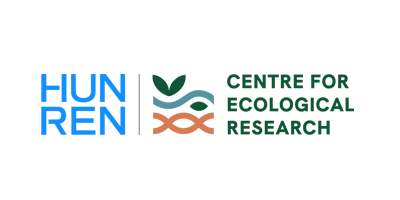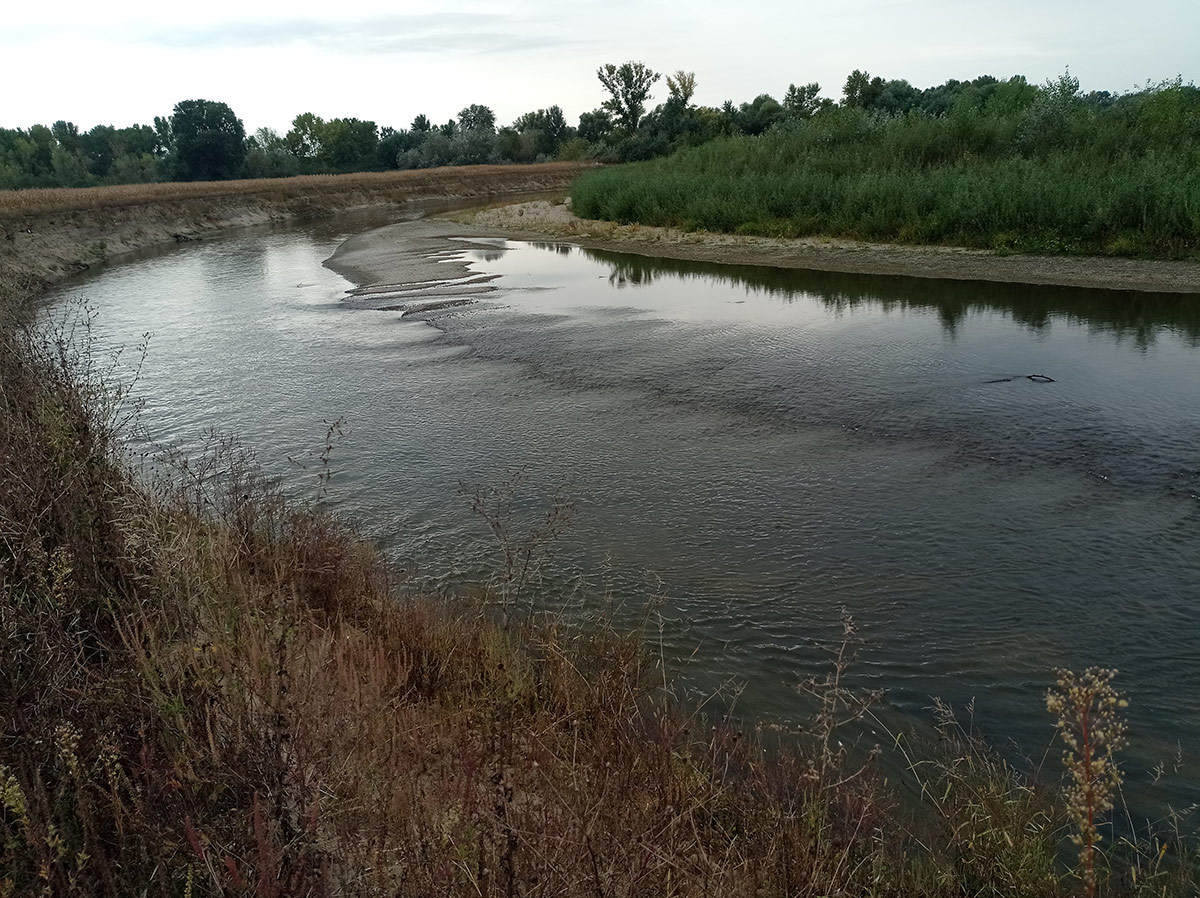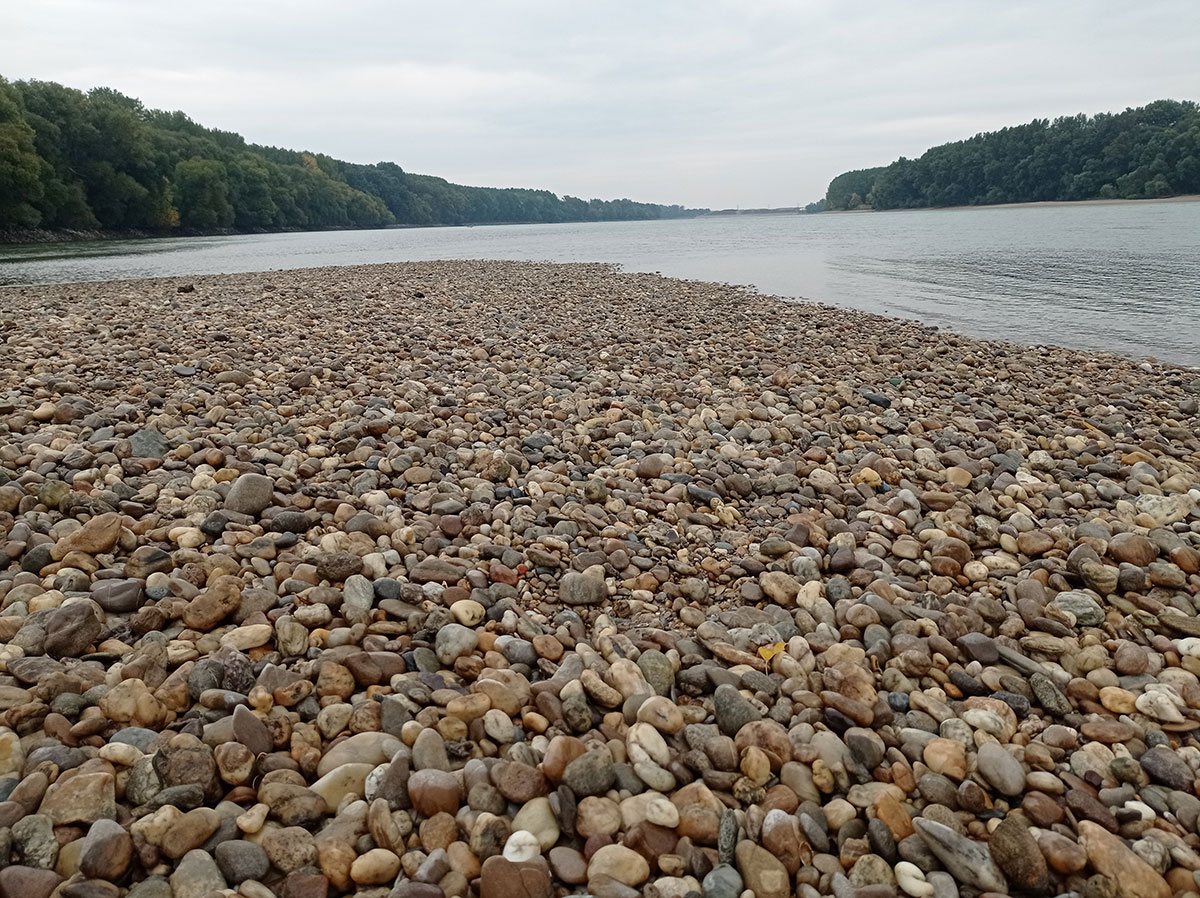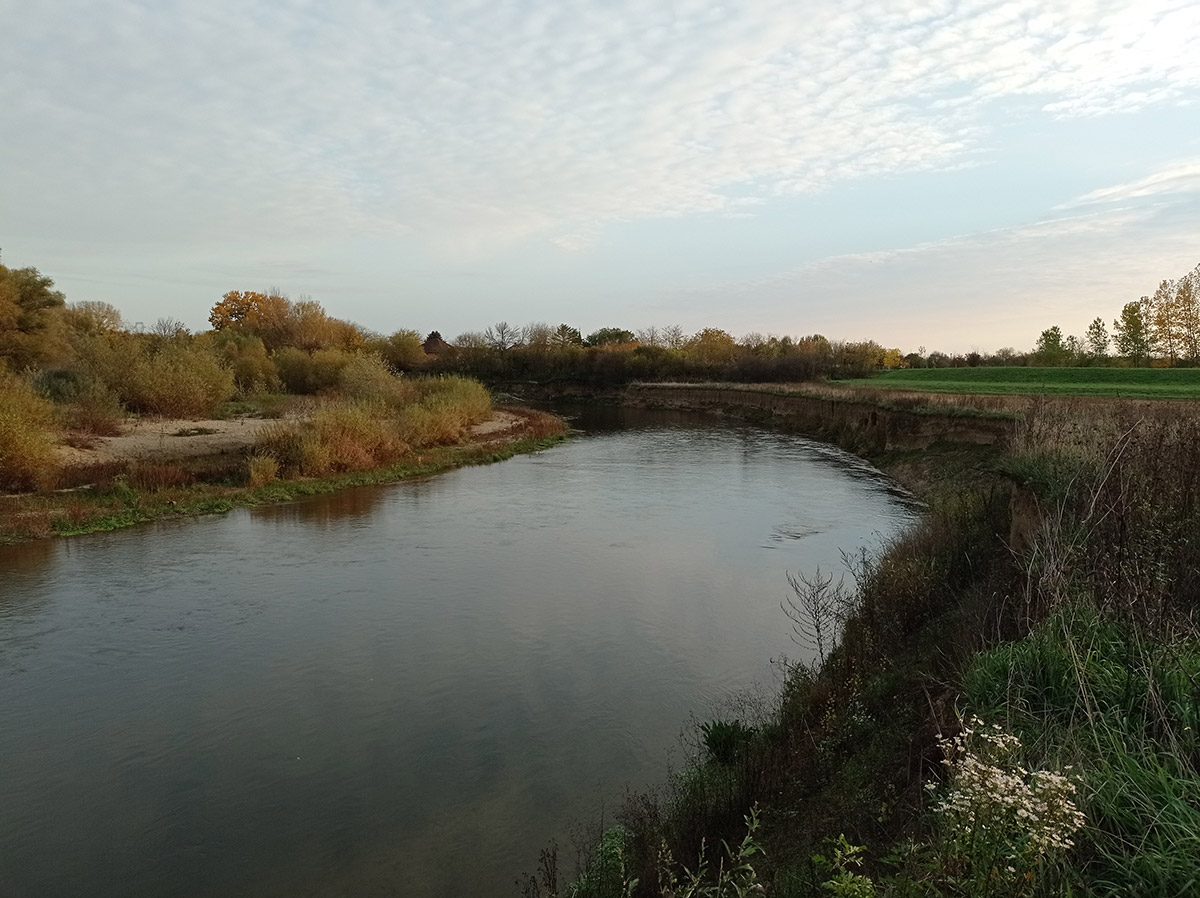Project leader:
Baranya, Sándor
Participating researchers:
Józsa, János; Kardoss, László; Török, Gergely; Nyiri, Emese; Sipos, György; Kiss, TímeaRivers play a crucial role in our lives, socially, economically and environmentally. Their water resources are exploited in many areas, e.g. for drinking water, irrigation, cooling power plants, navigation, recreation, etc., and their conservation and improvement is therefore a key issue. However, as a result of human interventions (e.g. regulation, extraction of sediment, construction of dams, climate change), the water balance of our rivers has changed and, as recent studies have shown (e.g. DanubeSediment Interreg DTP project), the longitudinal and temporal characteristics of the sediment transported by water have also changed significantly. The upheaval of the sediment budget of our rivers has caused the so-called free-flowing sections (i.e. not dammed areas) to deepen, e.g. the Danube bed in our country has subsided by almost two meters on average over the last 60 years, but similar trends can be observed in other rivers. The deepening of the riverbed has negative effects in many areas, such as lowering the groundwater level, deteriorating navigability, habitat degradation and even rising flood levels. In order to stop these negative processes, in addition to water management, the management of sediment must also play an important role, since the lack of sediment or even excess sediment is the root cause of these problems. The main mission of the planned project is to provide the scientific basis for a strategy for the management of water resources, which will have to be developed in the future by the domestic water sector. Our investigations will be based on two pillars. On the one hand, measurements and data analyses will be carried out with the aim of gaining a better understanding of the deformation processes of our major domestic rivers (Danube, Tisza, Drava), because the fundamental question is whether the adverse bed subsidence mentioned above is still in progress or whether our rivers have already reached their new equilibrium state as a result of the interventions. The second pillar is the development of modelling techniques that can predict the morphological evolution of rivers and provide an appropriate basis for planning restoration interventions.



